
This article mainly introduces the PHP WeChat public platform configuration interface development program in detail. It has certain reference value. Interested friends can refer to it.
Before reading this article, you must Make the following preparations:
1. Register a subscription account (via WeChat public platform https://mp.weixin.qq.com/);
2. Register for Sina Cloud and perform real-name authentication http:/ /sae.sina.com.cn/
3. After real-name authentication to Sina Cloud, create a cloud application.
4. You need to know the basic knowledge of PHP.
1: Verification interface
1. Log in to our official account. Then click to enter the developer tools, in the lower left corner of the page after logging in.
2. Click to enter the developer documentation. After that Click to start development, click on the access guide, we will see the following picture.
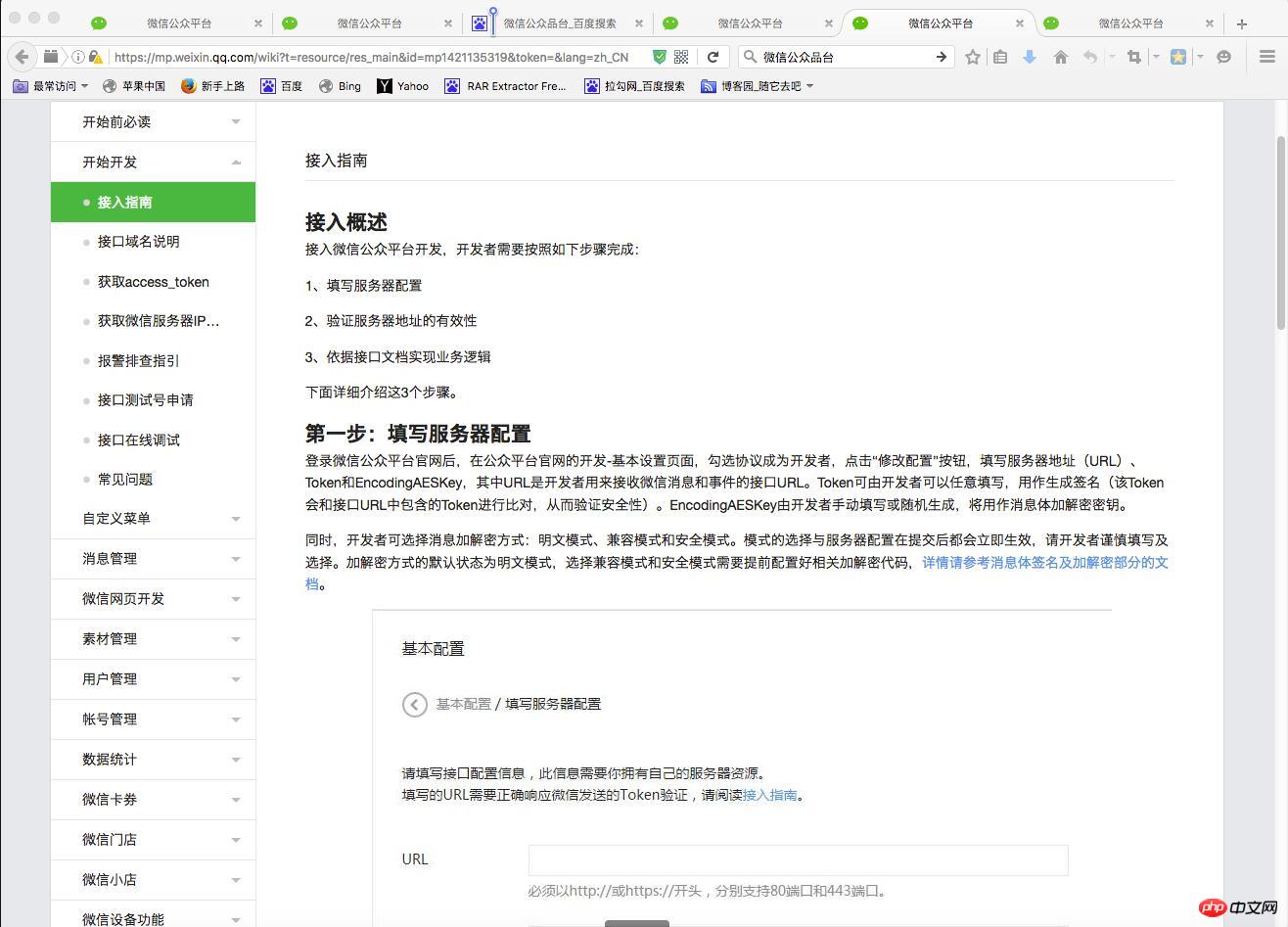
The picture says that to access the WeChat public platform for development, developers need to follow the following steps. :
1. Fill in the server configuration
2. Verify the validity of the server address
3. Implement business logic based on the interface document.
The first step:Fill in the server configuration
After we log in to the WeChat official account, click on the basic development configuration in the lower right corner.

URL is the developer The interface URL used to receive WeChat messages and events. We will explain how to fill it out in detail later.
Token can be filled in at will (but everyone is different. If the submission fails later, you can try to modify the Token). This Token will be compared with the Token contained in the interface to verify the security. The EncodingAESKey is manually filled in by the developer or randomly generated, and will be used as the message body encryption and decryption key.
The URL filled in requires us to have the address of our own server. Now we are going to the Sina Cloud application we registered before.
1. Log in to Sina Cloud and click Cloud Apply, click to enter the console. Create the

second-level domain name and application name as shown below. Just give it a name. Then click to enter. The place marked in red in the picture.
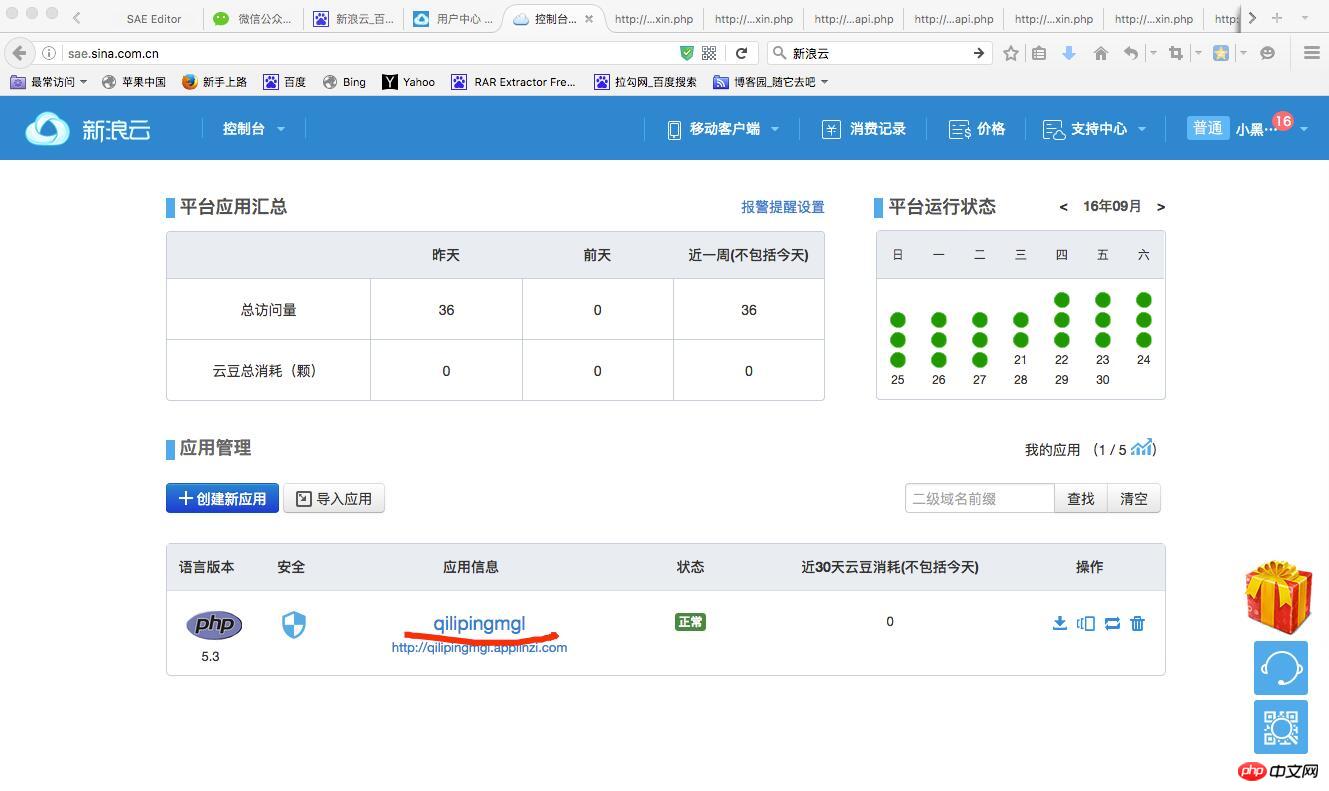
3. Click the arrow as shown below to enter the editing code
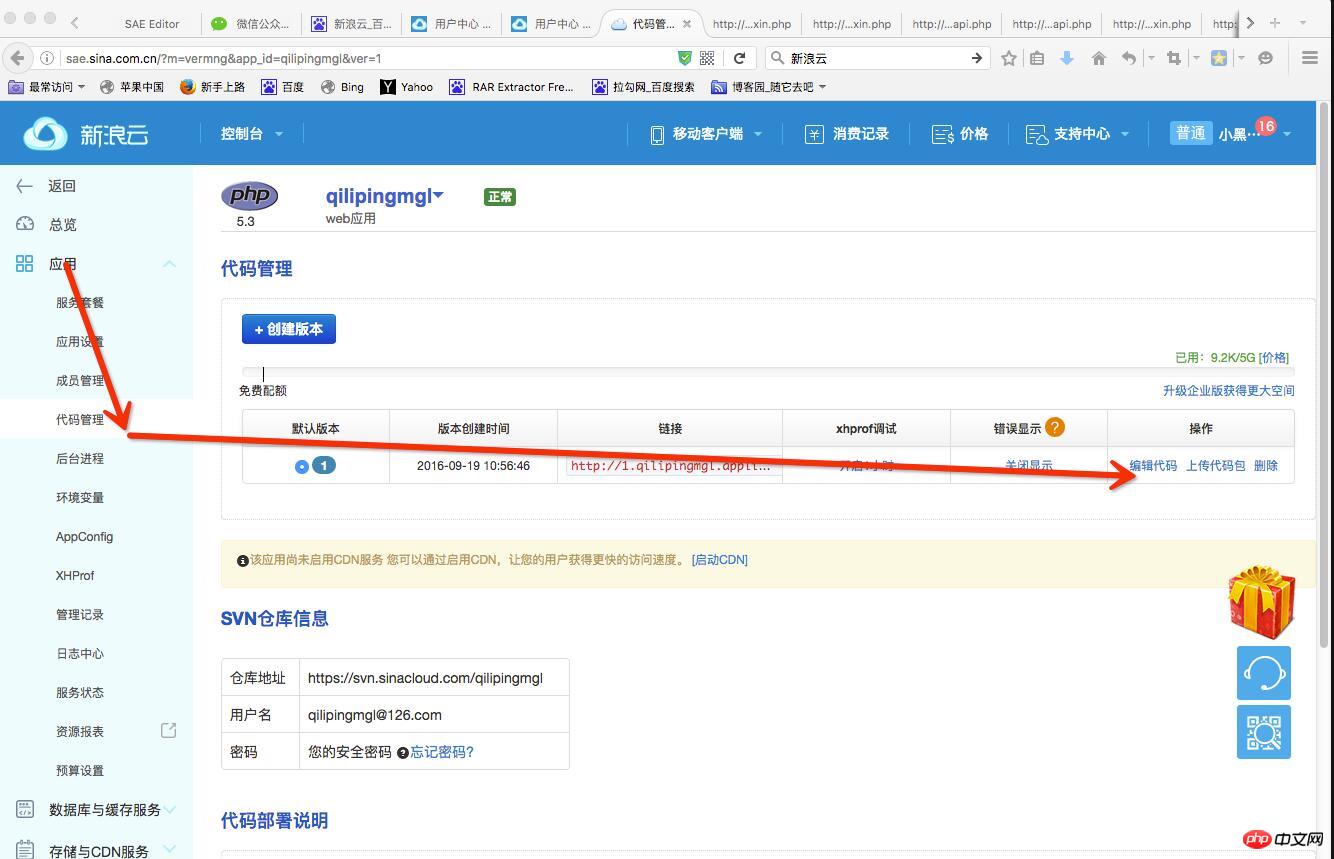
4. After that, the SAE interface will pop up. We need to create a php file in it, and then click to access it through URL. Then we copy this URL and put it on the URL we basically configured before.
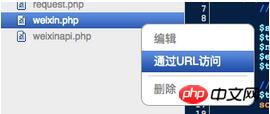
Step 2:Verify that the message indeed comes from the WeChat server
The specific php code is as follows:
Note:The $token in the code is different for everyone. We need to fill in our own and click on the developer tools. Then there is a public platform test account on the right, click to enter, and then we will see the interface configuration, copy the Token and put it into the code.
We copy this code into the SAE php file we just created, Save it again (remember to save it), and then click to access through URL.
If an error is reported (if the error message is a number), please click on the developer documentation, click Read Before You Start, there is an interface to return Code description, we can compare it to see where the error is. Note: 0 means the request is successful.
2. Get access_token
Tip: access_token is The public account's globally unique interface calling credentials. The public account needs to use access_token when calling each interface. As developers, we must keep it properly. The validity period of access_token is currently 2 hours and needs to be refreshed regularly. Repeated acquisition will result in the last access_token obtained. Invalid.
The first step,We click on the developer document, click to start development, click to get access_token, you will see that the http request method: GET, and then a URL, We need to use this URL, as shown below,
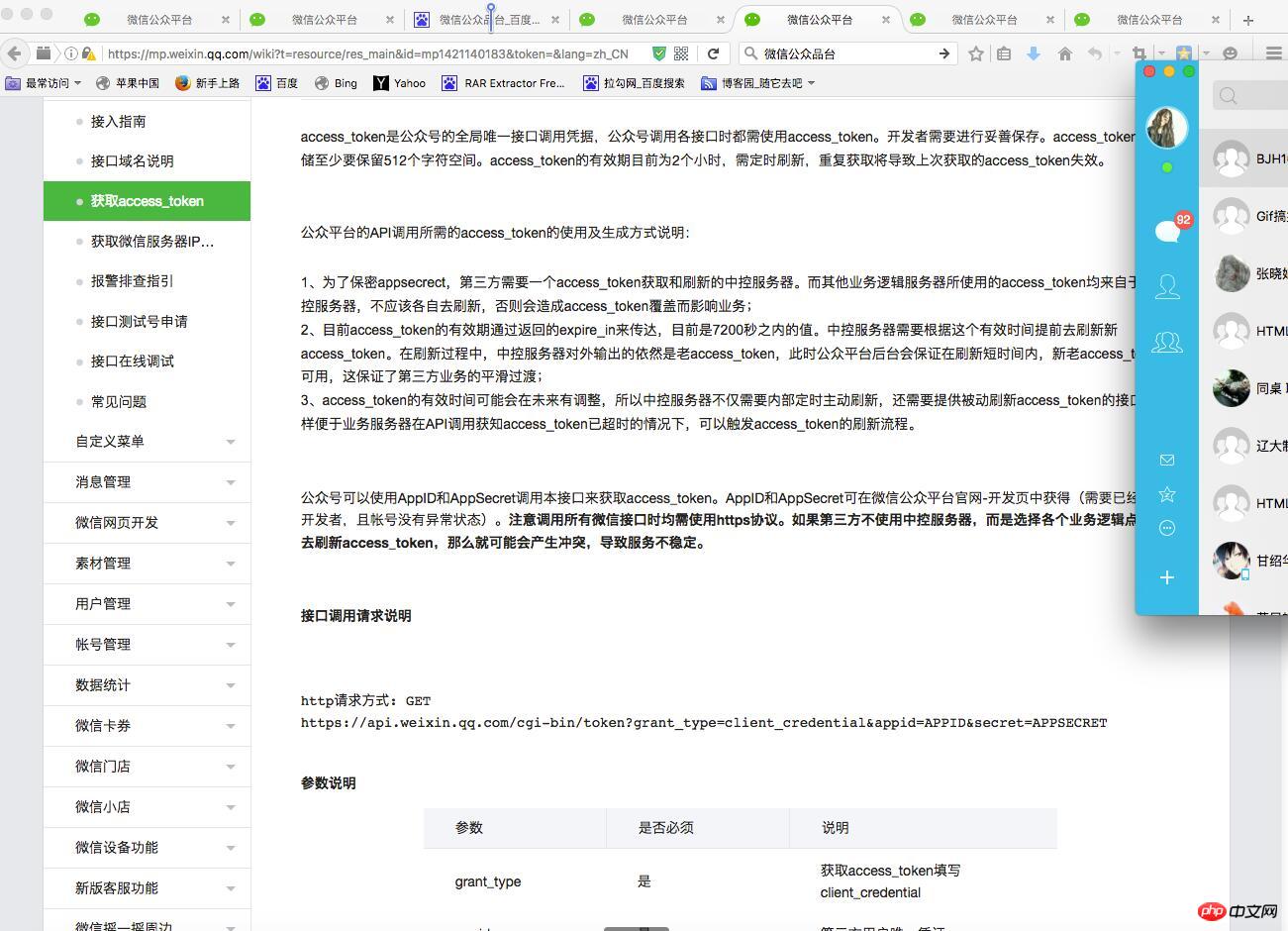
Second Step:We write the GET request function to obtain access_token
appID}&secret={$this->appsecret}"; // return $this->httpGet($url); //json字符串 $json = $this->httpGet($url); //解析json $obj = json_decode($json); return $obj->access_token; } function httpGet($url){ //1.初始化 $curl = curl_init(); //配置curl curl_setopt($curl, CURLOPT_URL, $url); curl_setopt($curl, CURLOPT_RETURNTRANSFER, true); //执行curl $res = curl_exec($curl); //关闭curl curl_close($curl); return $res; } } $wx = new Weixin(); echo $wx->getAccessToken(); /* 获取access_token方法 get方法 */ ?>
##Note:The $appID and $appsecret in the code are different for everyone. We need to fill in our own, click on the developer tools, and then there is a public platform test account on the right, click to enter, and then we will see the test number information. Then copy it and put it in the code middle.
Step 3: Copy our code into the SAEphp file, right-click to access it through the URL. If it returns {"access_token":"ACCESS_TOKEN","expires_in":7200}, it means we successfully obtained the token. If unfortunately an error is reported, it doesn't matter. Let's find the error, click on the development document, click on Read before starting, click on the interface return code description, let's compare it, and just find the error according to the prompts.
said that our configuration interface is completed here, next In this section, we continue WeChat development -> Custom menu creation interface.
Summary: The above is the entire content of this article, I hope it will be helpful to everyone's learning.
Related recommendations:
Example of PHP production of abnormal login IP detection function
phpimplementation Click on the current page to download the file instance
phpto export the csv file. Leading 0 instances can be exported
The above is the detailed content of Detailed explanation of method examples of php WeChat public platform configuration interface development program. For more information, please follow other related articles on the PHP Chinese website!




